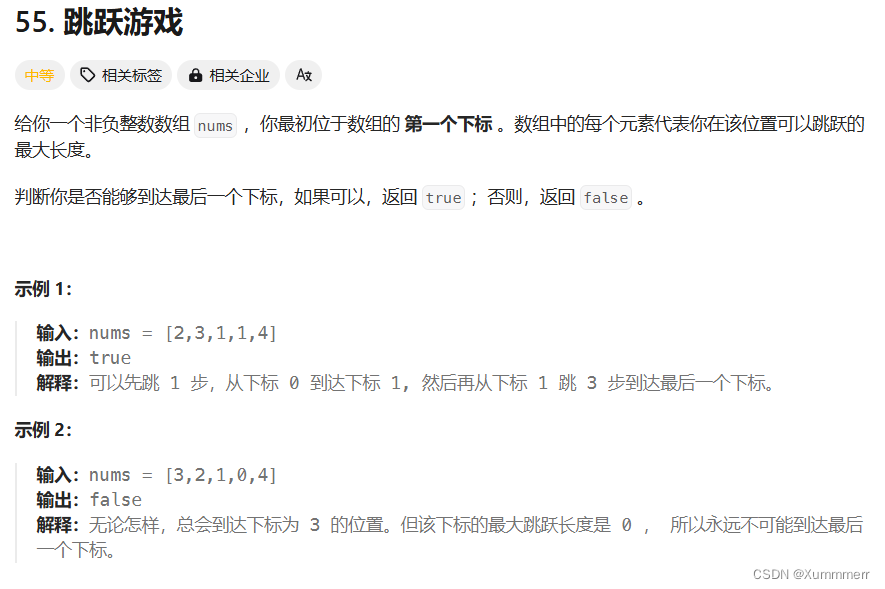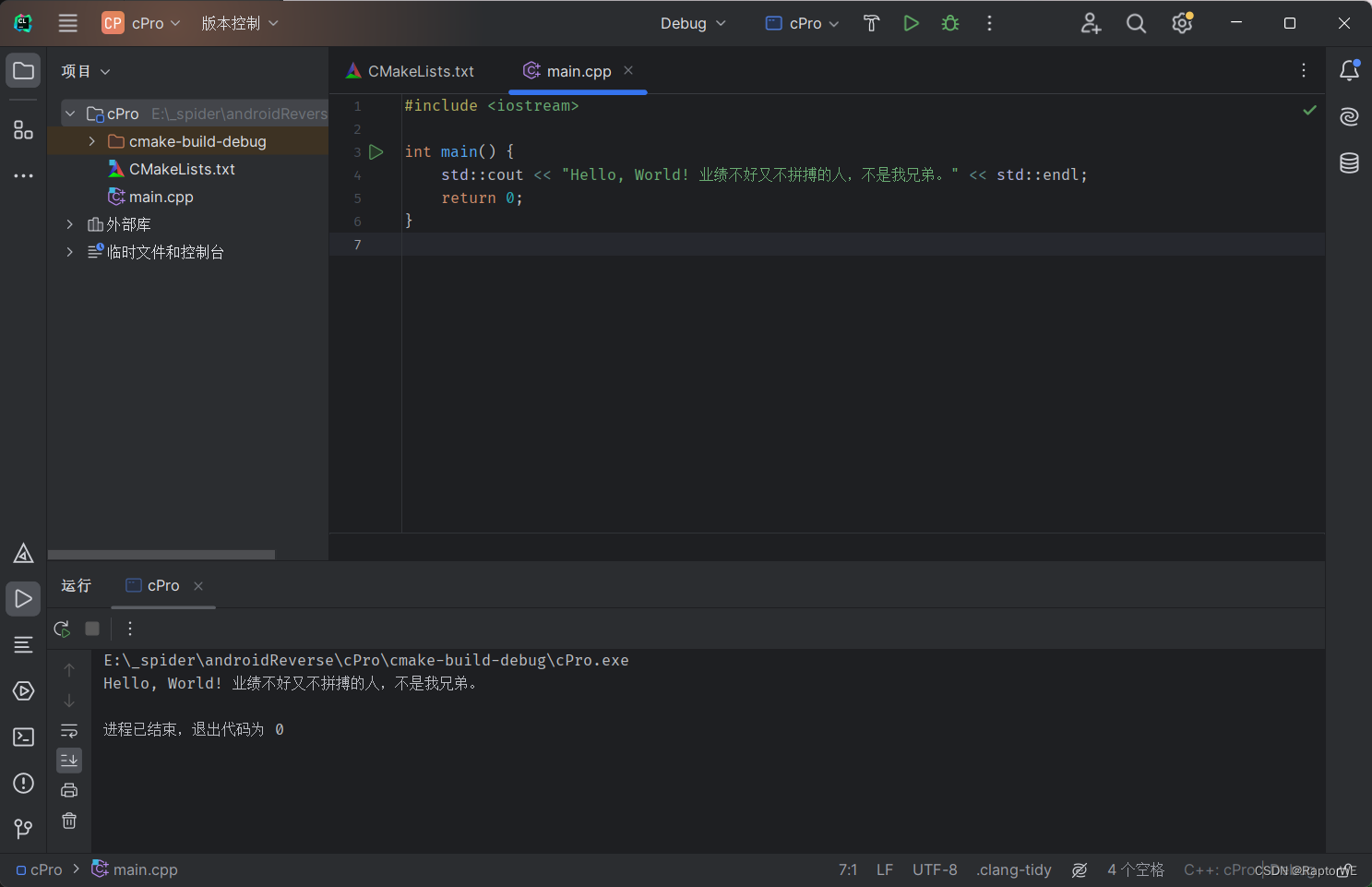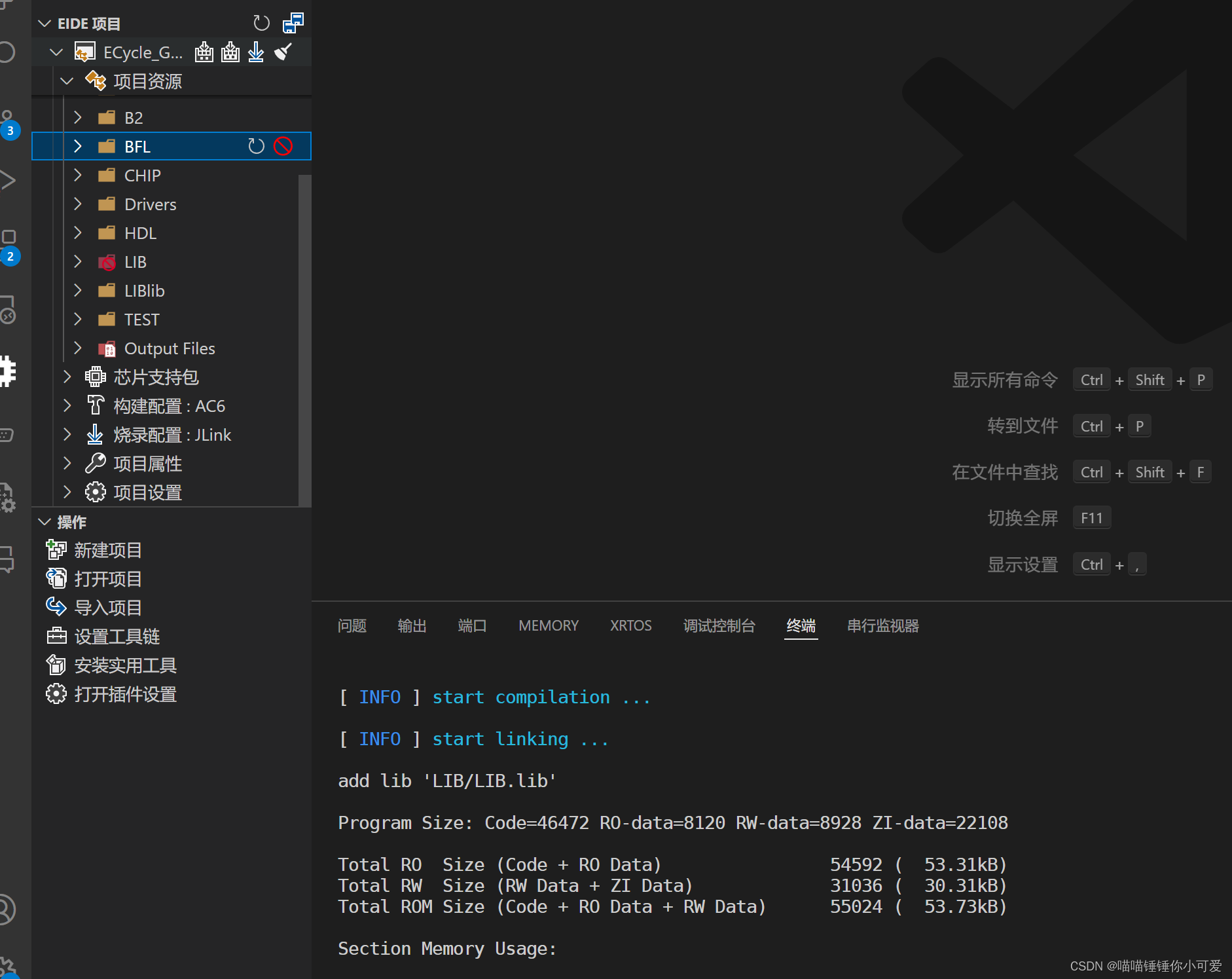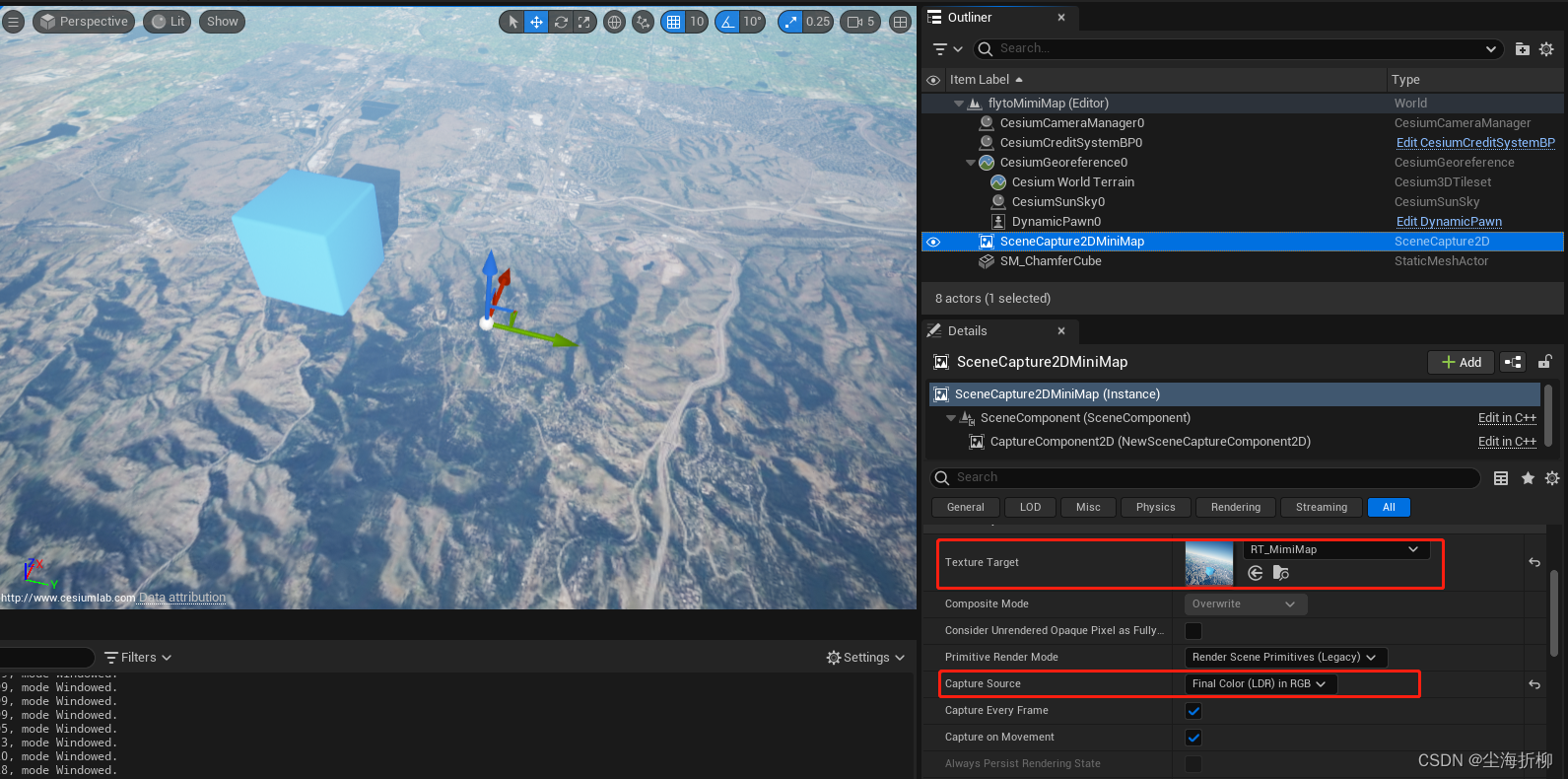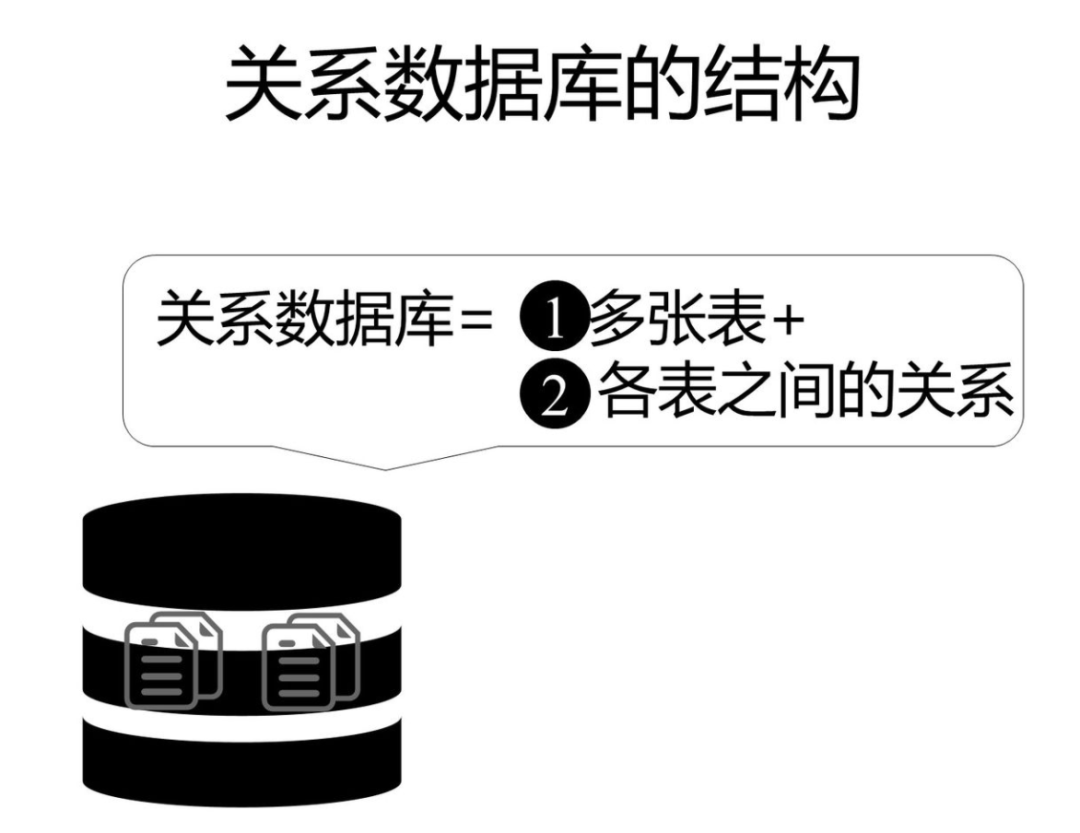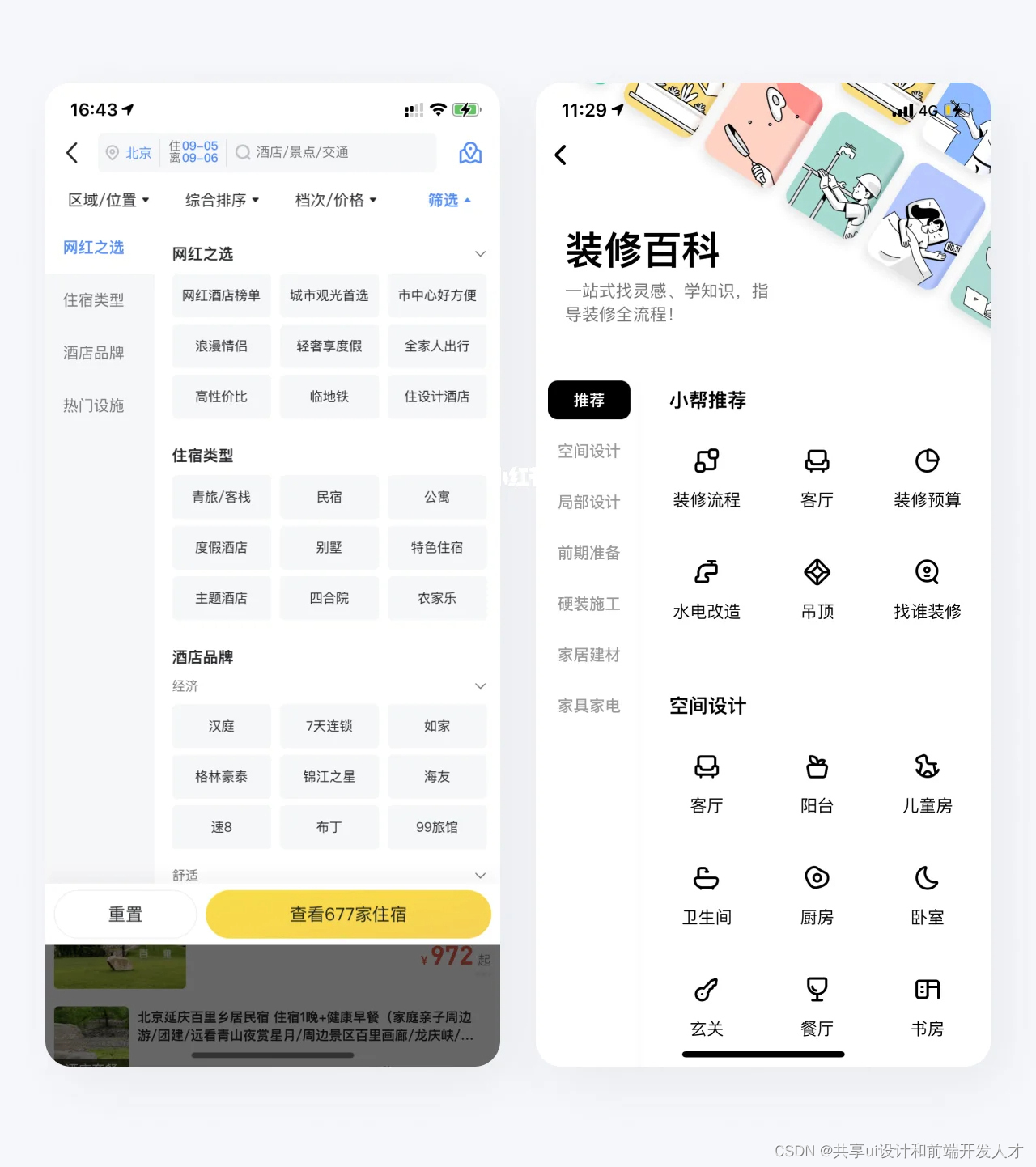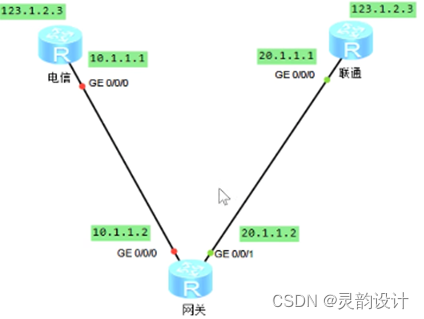解决Python报错:AttributeError: list object has no attribute ‘items’ (Solved)

在Python中,AttributeError通常表示你试图访问的对象没有你请求的属性或方法。如果你遇到了AttributeError: 'list' object has no attribute 'items'的错误,这通常意味着你错误地假设列表(list)对象具有items属性,而实际上这是字典(dict)的一个属性。本文将介绍这种错误的原因,以及如何通过具体的代码示例来解决这个问题。
错误原因
AttributeError: 'list' object has no attribute 'items'通常由以下几个原因引起:
- 属性名错误:错误地将字典的
items属性应用于列表。 - 数据类型混淆:在处理数据结构时混淆了列表和字典。
错误示例
my_list = [1, 2, 3]
# 错误:尝试访问列表的'items'属性
for item in my_list.items():
print(item)
解决办法
方法一:正确遍历列表元素
直接遍历列表元素,而不是尝试访问不存在的items属性。
my_list = [1, 2, 3]
for item in my_list:
print(item)
方法二:使用列表推导式
如果你需要对列表中的元素进行处理并生成新的列表,可以使用列表推导式。
my_list = [1, 2, 3]
# 将列表中的每个元素乘以2
new_list = [item * 2 for item in my_list]
print(new_list)
方法三:理解数据结构
确保你清楚地理解你正在使用的数据结构的特性。列表和字典是不同的数据类型,具有不同的方法和属性。
方法四:访问字典的items
如果你确实需要访问items属性,确保你是在字典对象上操作。
my_dict = {'a': 1, 'b': 2}
for key, value in my_dict.items():
print(key, value)
方法五:使用enumerate
如果你需要在遍历列表时同时获得索引和元素,可以使用enumerate函数。
my_list = ['apple', 'banana', 'cherry']
for index, fruit in enumerate(my_list):
print(index, fruit)
结论
解决AttributeError: 'list' object has no attribute 'items'的错误通常涉及到正确地理解并使用Python的数据结构。通过直接遍历列表元素、使用列表推导式、理解数据结构的特性、在正确的数据类型上访问属性,以及使用enumerate函数,你可以有效地避免和解决这种类型的错误。希望这些方法能帮助你写出更加清晰和正确的Python代码。

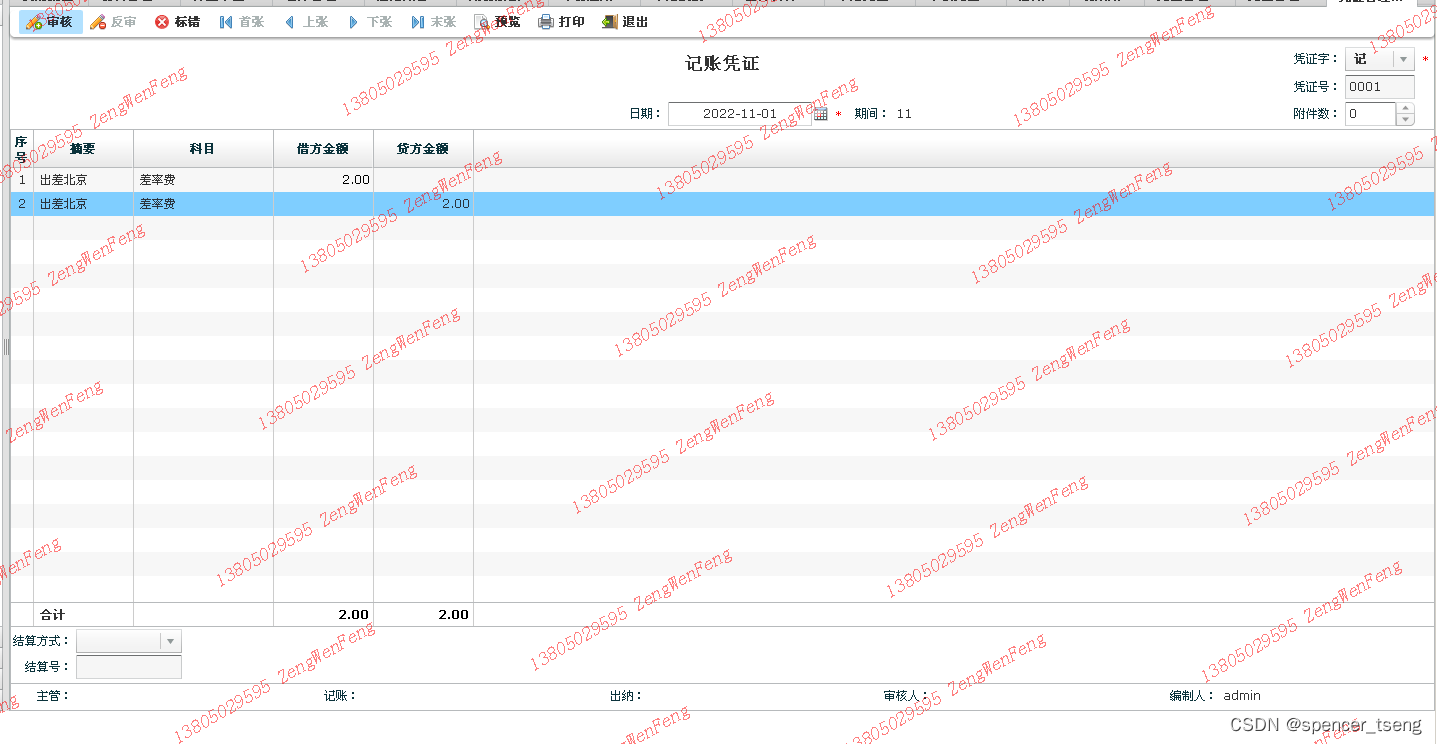


![[Algorithm][动态规划][两个数组的DP][正则表达式匹配][交错字符串][两个字符串的最小ASCII删除和][最长重复子数组]详细讲解](https://img-blog.csdnimg.cn/direct/af50d255cb5542dfa0d3521ff3696584.png)
